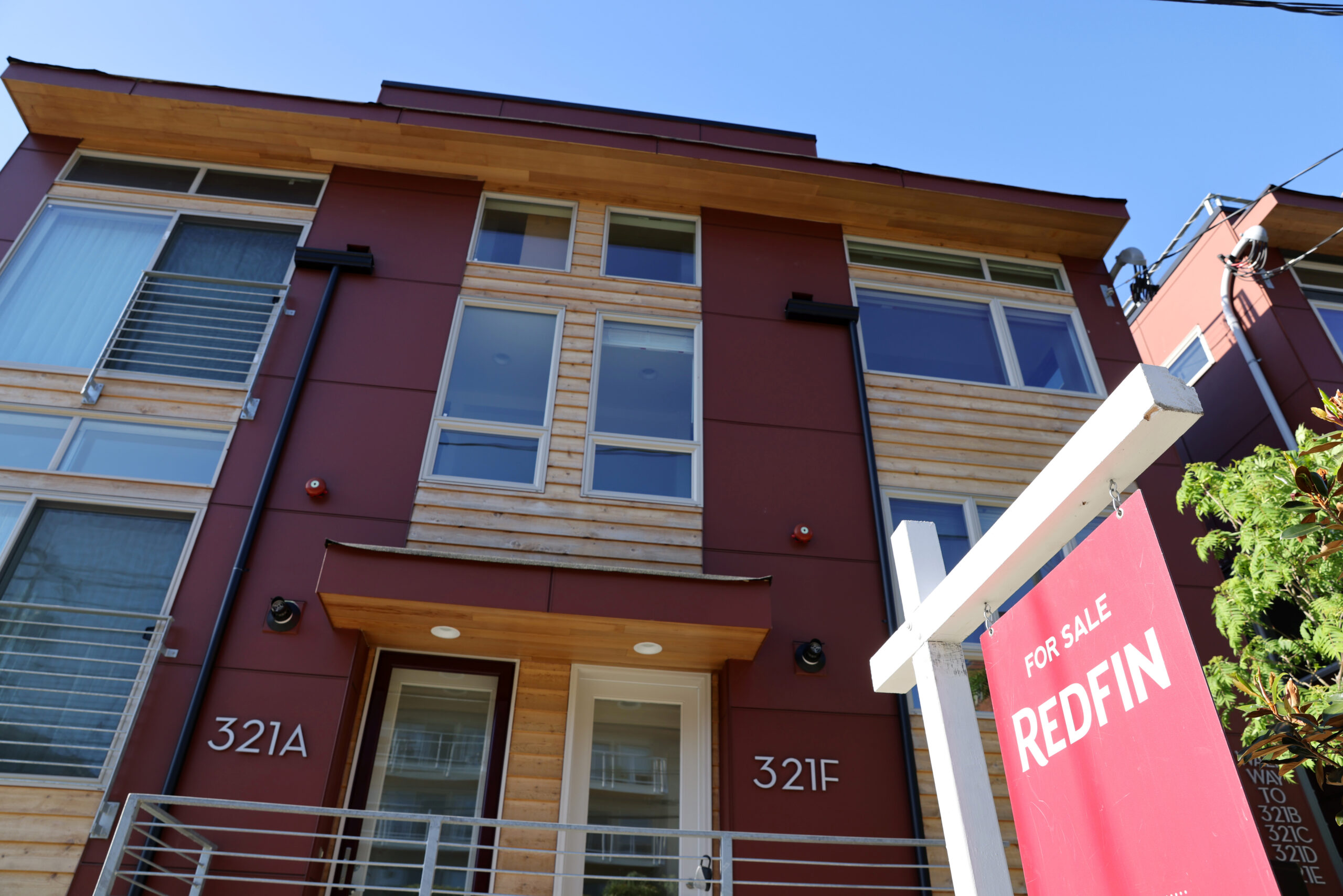WASHINGTON – U.S. existing home sales fell more than expected in June as the median house price set another record high. However, improving supply and declining mortgage rates offered hope that activity could rebound in the months ahead.
On Tuesday, the National Association of Realtors reported the fourth consecutive monthly decline in home resales. This decline, along with weak homebuilding and permits data, suggests that the housing market contracted in the second quarter after having boosted economic growth in the January-March quarter.
“Record-high home prices and high mortgage rates weighed on existing home sales in June,” said Nancy Vanden Houten, a senior economist at Oxford Economics. “The more recent decline in mortgage rates, which we expect to gain steam as interest rate cuts by the Federal Reserve get underway, will support a modest rebound in home sales later in the year.”
Home sales dropped 5.4% last month to a seasonally adjusted annual rate of 3.89 million units, the lowest since December. Economists polled by Reuters had forecast home resales would slip to a rate of 4.00 million units.
The median existing-home price soared 4.1% from a year earlier to an all-time high of $426,900. Despite house prices scaling a record high for the second straight month, the pace of increase has slowed, with supply near a four-year high.
Home resales, which account for a large portion of U.S. housing sales, declined 5.4% on a year-on-year basis in June.
Existing home sales are counted at the close of a contract. Sales in June likely reflected contracts signed in the prior two months, when the average rate on the popular 30-year fixed-rate mortgage was above 7.0%.
The average rate on a 30-year fixed-rate mortgage dropped to a four-month low of 6.77% last week, down from 6.89% the prior week and matching the average during the same period in 2023, data from mortgage finance agency Freddie Mac showed.
It has eased from a six-month high of 7.22% in early May amid hopes that the Federal Reserve will deliver a long-awaited interest rate cut in September. The housing market has been hardest hit by the U.S. central bank’s aggressive monetary policy tightening to quell inflation.
Stocks on Wall Street were trading higher. The dollar rose against a basket of currencies. U.S. Treasury yields dipped.
SUPPLY INCREASES
Sales tumbled 5.9% in the densely populated South. They plunged 8.0% in the Midwest, which is considered the most affordable region. Sales fell 2.1% in the Northeast and decreased 2.6% in the West.
Housing inventory increased 3.1% to 1.32 million units last month, the highest since October 2020. Supply jumped 23.4% from one year ago. A surge in insurance premiums across the country as weather-related claims rise is forcing some homeowners to put their properties on the market.
Nonetheless, entry-level homes remain in short supply and there is not enough new construction. The government reported last week that single-family homebuilding fell to an eight-month low in June, while permits for future construction were the lowest in a year. Many homeowners have mortgage rates under 5%.
Economists estimated that residential investment, which includes home building and sales, likely subtracted from gross domestic product last quarter, after adding more than half a percentage point in the January-March quarter.
The government is scheduled to publish its snapshot of second-quarter growth on Thursday. Growth estimates for the second quarter are around a 2% annualized rate. The economy grew at a 1.4% pace in the first quarter.
At June’s sales pace, it would take 4.1 months to exhaust the current inventory of existing homes. That was the highest level since May 2020 and was up from 3.1 months a year ago. A four-to-seven-month supply is viewed as a healthy balance between supply and demand.
“We’re seeing a slow shift from a seller’s market to a buyer’s market,” said Lawrence Yun, the NAR’s chief economist. “Supply and demand dynamics are nearing a balanced market condition.”
The median house price increased in all four regions last month. Properties typically stayed on the market for 22 days in June compared to 18 days a year ago. First-time buyers accounted for 29% of sales versus 27% a year ago.
That share remains below the 40% that economists and realtors say is needed for a robust housing market.
All-cash sales made up 28% of transactions, up from 26% a year ago. Distressed sales, including foreclosures, represented 2.0% of transactions, unchanged from last year.
(Source: ReutersReuters)
Maria Reed is a financial journalist with a passion for covering US equities. She joined the ABBO News team in June 2023. Maria holds an M.S. degree in International Economics and Finance from Otto-von-Guericke University in Magdeburg and is a CFA Level 2 candidate. Read Full Bio










